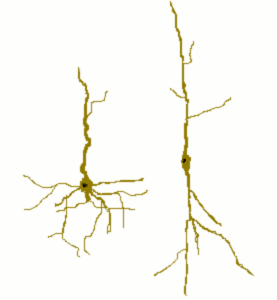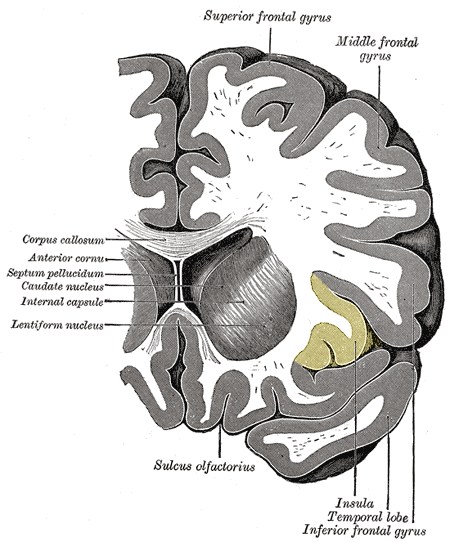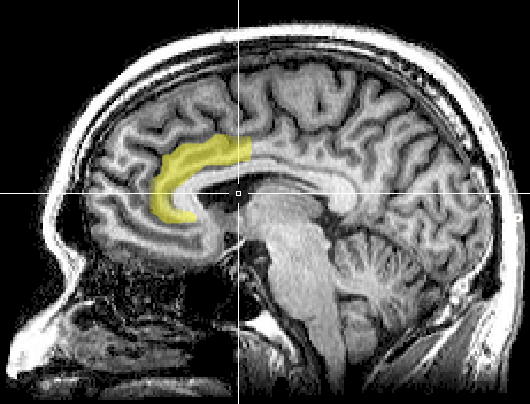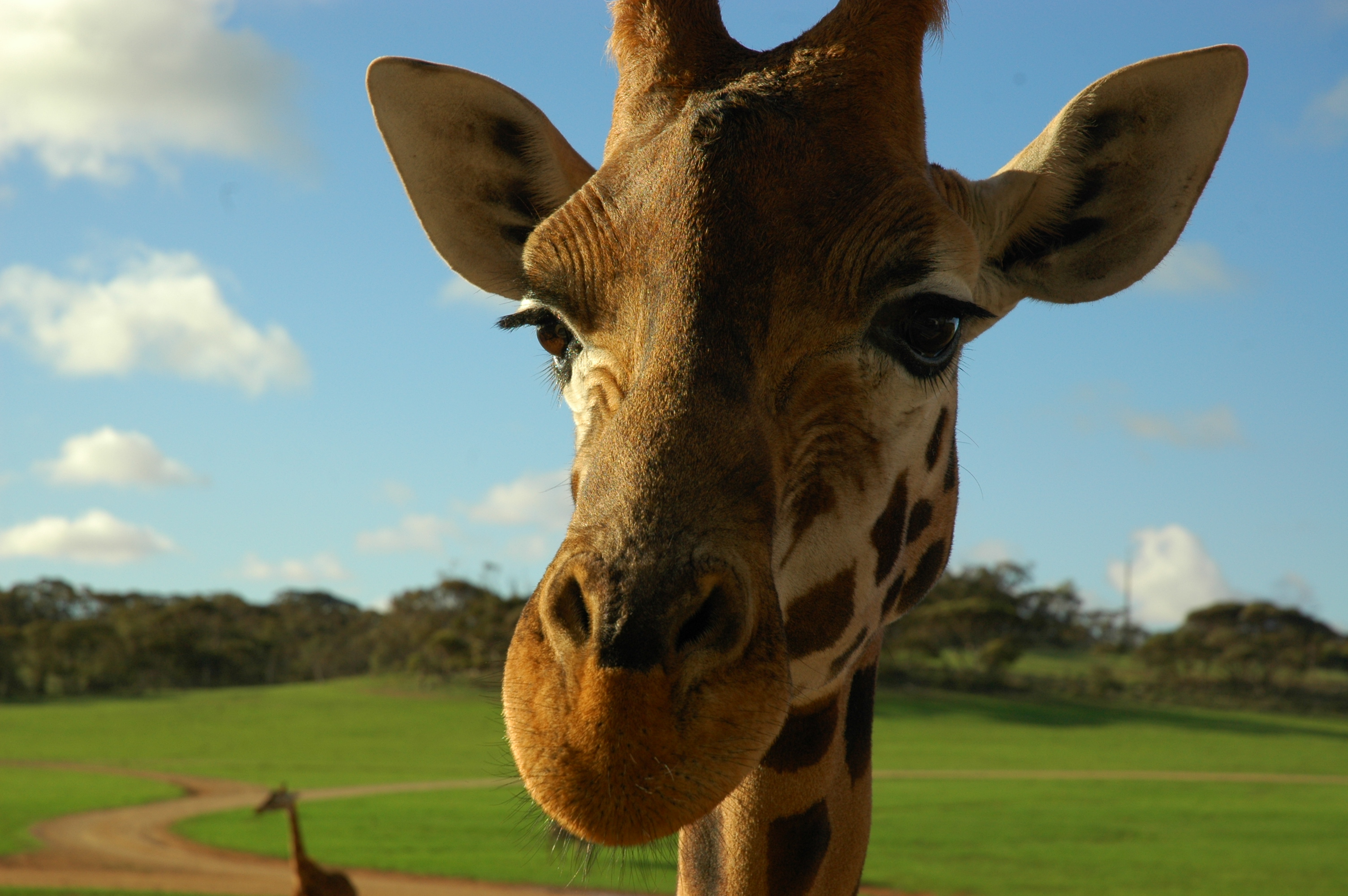By Sophie Wasserman
At Think Elephants International, we talk a lot about the incredible cognitive capabilities of elephants, like their ability to recognize themselves in a mirror or understand cooperation, but a (relatively) recent neuroscientific discovery just might show us how elephants are capable of such complex social thought. In 2009, a team of researchers led by John Allman found von Economo Neurons (VENs) in the brains of African and Asian elephants. Named for the man who first discovered them in 1929, VENs are also called spindle neurons, because of their elongated spindle-shaped cell body. They are four times larger than the average brain cell and exhibit an atypical, elongated shape (see figure below).
At Think Elephants International, we talk a lot about the incredible cognitive capabilities of elephants, like their ability to recognize themselves in a mirror or understand cooperation, but a (relatively) recent neuroscientific discovery just might show us how elephants are capable of such complex social thought. In 2009, a team of researchers led by John Allman found von Economo Neurons (VENs) in the brains of African and Asian elephants. Named for the man who first discovered them in 1929, VENs are also called spindle neurons, because of their elongated spindle-shaped cell body. They are four times larger than the average brain cell and exhibit an atypical, elongated shape (see figure below).
 |
| Left: Typical pyramidal neuron in the brain Right: von Economo neuron via Wikimedia Commons |
So what’s
the big deal? First, VENs are rare, once believed to only exist in the brains
of humans and apes. But after testing hundreds of animals, researchers have
shown that certain species of whales and dolphins, as well as elephants, also
possess spindle cells. Second, and more importantly, spindle cells are found
almost exclusively in the frontal insula (FI) and anterior cingulate cortex
(ACC) (see figures below). These regions have a crucial role in generating social emotions
like compassion, guilt, shame, or embarrassment, feelings that require an understanding of another person's opinion. The FI and ACC are also responsible for
abilities like self-monitoring, perspective-taking, and even having a sense of
humor. In other words, we use these regions when we try to interpret another
person’s intentions, when we face a difficult moral dilemma, when we exhibit
self-control, or when we recognize that we’ve made an error; in essence, the FI and ACC help us to gauge the emotions of those around us, and then enable these mood
states to influence our own.
 |
| Frontal insula highlighted in yellow via Wikimedia Commons |
 |
| Anterior cingulate cortex highlighted in yellow via Wikimedia Commons |
Allman’s
working theory is that VENs are responsible for rapid adaptation to changing
social contexts, because their large size allows them to transmit information
faster than almost any other neuron. Like a link to our own mental mood ring,
the spindle cells tell other areas of our brain how our friends feel about us, saturating different parts of
our cortex in a specific emotion and allowing for alterations in our behavior
to suit the occasion. They could be the reason why we feel embarrassed by our
parents, they probably allowed our ancestors to gauge who was trustworthy in
battle, and they are a likely explanation for why elephants can understand the concept
behind cooperation. Awareness of “other” is first dependent upon the
distinction of “self,” and spindle cells facilitate the system by which we use
input from the “other” to regulate the actions of the “self.”
Supporting Allman’s
theory, VENs in humans emerge mainly during the first three years after birth
and become most active around the same age that toddlers start exhibiting
mirror self-recognition and social emotions like guilt and shame. Studies of
patients with autism, a spectrum of disorders characterized by a lack of social
intuition, showed that the patients exhibited misaligned or abnormally located
spindle cells. However, from this study alone, we cannot deduce which came
first: social impairment or atypical VENs.
 |
| Toddler exploring a mirror; recognition of self typically develops around 15-18 months of age via Wikimedia Commons |
More
compelling evidence supporting the role of VENs in self-awareness and social
monitoring comes from the collaboration of Allman with William Seeley, a
neurologist studying a neurodegenerative disease called frontotemporal dementia
(FD). Patients with this disease lose social and emotional self-awareness,
empathy for those around them, and “theory of mind,” or the ability to
attribute a mental state (beliefs, opinions, knowledge and intent) to another
individual. They become erratic, irresponsible, and insensitive. Upon closer
examination, their brain damage occurred almost exclusively in their VENs. In
fact, while up to 70% of the spindle cells in the FD patients’ ACCs were
destroyed, the various other neurons that make up the ACC were largely
untouched, pointing towards VENs as a crucial factor in the complex social processes
lost when patients develop frontotemporal dementia.
However, larger cells like spindle cells could simply be a function of larger brains. In order to connect the increasingly distant parts of the cortex, bigger animals may have just developed faster, longer neurons. Research has shown that rock hyraxes and manatees, the elephant’s closest living relatives, do not have VENs, nor do monkeys, armadillos, sloths, or elephant shrews, but these animals all have smaller brains. Future clarification could come from studying the brains of giraffes or rhinos—animals with larger brains and bodies but not necessarily greater intellect. If the presence of spindle cells is not simply linked to an increase in size but is in fact only present in species with self-awareness like apes, dolphins, and elephants, then this is strong evidence that spindle cells play a central role in monitoring self and social influence. |
| Yellow box: spindle cell in the ACC of a healthy adult via Wikimedia Commons |
 |
| Scientists need to examine other large animals, like giraffes, for the presence of VENs via Wikimedia Commons |
So what
does this mean for elephants? Possibly nothing besides the fact that they have
massive brains with big neurons. Possibly, and more excitingly, it could mean that elephants may even be capable of more complex social emotions, feelings like shame, embarrassment or pride. These cross-species comparisons may have revealed a key
piece of the cognitive puzzle. Studying elephant intelligence and social
cognition could be crucial to understanding a part of ourselves that makes us human
-compassionate, cooperative and self-aware- and that maybe being “human” isn’t
so unique after all.
Sources:
Chen, I. (2009, June). Brain cells for socializing. Smithsonian magazine
Hakeem, A. Y., Sherwood, C. C., Bonar, C. J., Butti, C., Hof, P. R., & Allman, J. M. (2009). Von Economo neurons in the elephant brain. The Anatomical Record, 292(2), 242-248.
Seeley, W. W., Carlin, D. A., Allman, J. M., Macedo, M. N., Bush, C., Miller, B. L., & DeArmond, S. J. (2006). Early frontotemporal dementia targets neurons unique to apes and humans. Annals of neurology, 60(6), 660-667.
Hakeem, A. Y., Sherwood, C. C., Bonar, C. J., Butti, C., Hof, P. R., & Allman, J. M. (2009). Von Economo neurons in the elephant brain. The Anatomical Record, 292(2), 242-248.
Seeley, W. W., Carlin, D. A., Allman, J. M., Macedo, M. N., Bush, C., Miller, B. L., & DeArmond, S. J. (2006). Early frontotemporal dementia targets neurons unique to apes and humans. Annals of neurology, 60(6), 660-667.
Images:
Cartoon of dendritic tree of normal pyramidal cell and spindle cell by Selket via Wikimedia Commons
Cartoon of dendritic tree of normal pyramidal cell and spindle cell by Selket via Wikimedia Commons
Insular cortex via Wikimedia Commons
Sagittal MRI slice with highlighting indicating the location of the anterior cingulate cortex by Geoff B Hall via Wikimedia Commons
Baby kissing mirror image by roseoftimothywoods via Wikimedia Commons
Very high magnification micrograph of the spindle neurons of the cingulate, LB-HFE stain by Nephron via Wikimedia Commons
Giraffe at the Monarto Zoo by John Goodridge via Wikimedia Commons

Hi there, I am making a short video on the suffering of elephants in Countries such as Thailand with the elephant trekking trade and would love to speak to you about the info you have here on elephants and spindle cells. Can you please contact me at jess@ourgom.com?
ReplyDeleteThank you! x